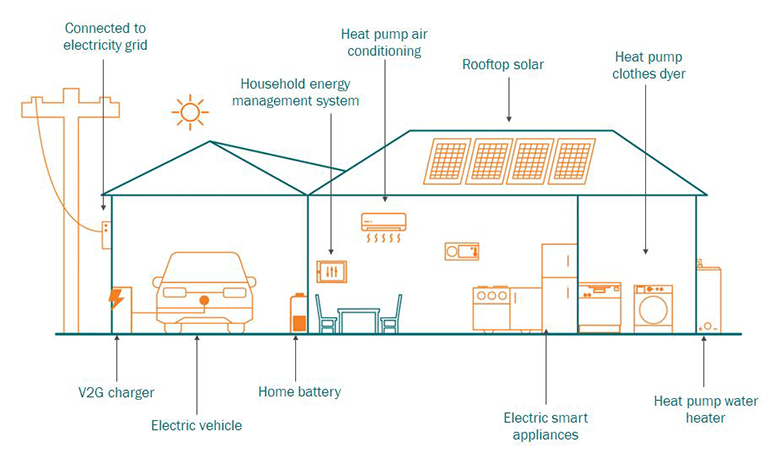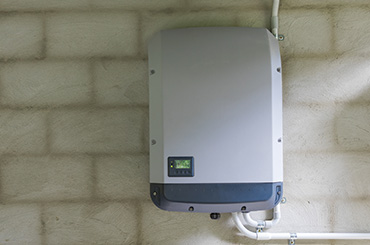
What is the energy transition?
The energy transition is the shift from fossil fuel electricity generation to renewable energy generation. It is a term that is being used globally to explain how countries are working toward a structural change in how energy is generated, supplied and consumed. The transition is being driven by the recognition that greenhouse-gas emissions must be drastically reduced. This process involves phasing-down fossil fuels like coal and oil and re-developing whole systems to operate on low carbon electricity like wind and solar.
It is the biggest change in the energy sector since the industrial revolution when a transition took place from wood and other biomass to coal.
It is a significant change and one that needs many solutions.
In Australia, the main ‘firming’ energy source is coal – meaning it can make enough energy that is always available. As the coal-powered energy plants close, this steady source of electricity needs to be replaced by renewable energy generation from sources like wind, solar and hydro to have enough green energy that is always available for the amount of electricity consumed by Australians connected to the National Electricity Market. This will include everything from large-scale renewable generation farms with utility-sized batteries through to rooftop photovoltaic (PV solar) with community batteries.
Learn more about battery storage
Your role in the energy transition
Everyone has a role to play in the energy transition. The energy transition is not just about moving from fossil fuel generation to renewables, but also about switching the thinking on how we power our lives.
Changes can start to happen at a household level, by making the decision to purchase electric when it’s time to replace appliances and vehicles.
Home electrification can include many things such as an electric vehicle and vehicle-to-grid charger, a home battery, a household energy management system, smart appliances, heat pumps, and of course, rooftop solar.

Community batteries play a particularly important role in the energy transition, allowing communities to make choices about how their locally generated energy is used. Through community battery projects, neighbours can work together to share and use energy for a better tomorrow.
Communities with renewable energy generation connected to the distribution network at a local level will also improve their resilience and reliability. When there is a climate impact or other impacts on the broader system, there is a much greater chance that local communities and local economies can continue to operate because there will be local energy storage (batteries) and generation (rooftop solar).
Learn more about electrification
Benefits for regional, rural and remote communities
The energy transition will be very positive for electricity grid-connected customers and has the potential to be extraordinarily positive for regional, rural and remote economies.
For Essential Energy connected customers, there will be an opportunity to generate green energy that will have a better financial value with the potential to export more rooftop solar into the National Electricity Market when the sun is shining. With an even greater financial benefit to export some of your stored solar energy into the market when the sun is not.
For the local economy, if there is local generation of green energy that it reasonably priced and there is reliability and resilience in the network, then industry is more likely to be attracted to these locations.
There is also the potential for job creation through renewable projects being built in regional, rural and remote communities. And the opportunity for growth with the future energy network attracting new types of hybrid agribusinesses like Agriphotovoltaics - the blending of agriculture and solar photovoltaic panels on the same land.
Learn more about renewable energy connections
Essential Energy’s role in the energy transition
Delivering safe and reliable electricity for our communities is at the core of what we do, and as the energy sector transitions from coal-fired power towards renewable energy generation, we too are transforming.
Through innovation and technology, we are actively supporting the energy transition through enabling the connections of renewable energy on the network.
The poles and wires that line our streets deliver the energy that powers the homes, hospitals, schools and businesses that form our communities. But they can also allow for communities to generate, share and store their own electricity.
Building the network of the future will empower communities to be a part of the transition and can drive economic growth in regional, remote and rural New South Wales.
We are trialling and implementing ways to connect communities to share energy for a better tomorrow and developing the skills and training so our people can inspire and enable the network of the future.
Together we can build a brighter future for regional, rural and remote New South Wales.
We are empowering the energy transition.



